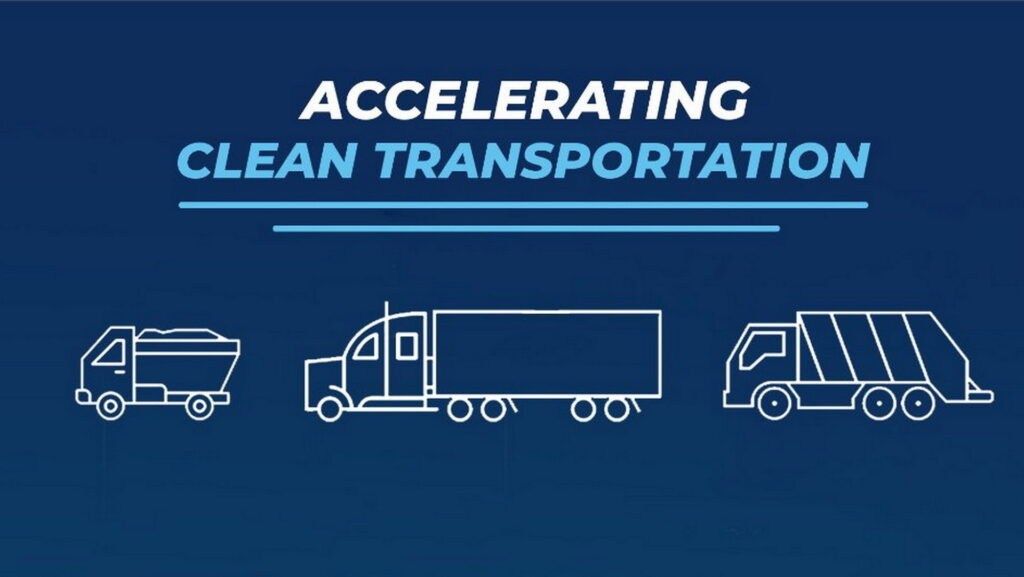The Biden Administration wants heavy-duty vehicles to clean up their act and its methodology is divisive
March 29, 2024 at 16:30
 –>
–> 
–>
- The Biden Administration just released new EPA rules for heavy-duty vehicles.
- They’re the most stringent in history and run through 2032.
- Reaction to the rules has been both positive and negative across the industry.
The U.S. Environmental Protection Agency (EPA ) unveiled its latest emission standards for heavy-duty trucks on Friday, stating that they are the strictest rules to date and are designed to curtail greenhouse gas emissions. This category encompasses buses, box trucks, 18-wheelers, and similar vehicles. The regulations will be effective for model years 2027 through 2032, prompting significant reactions from various involved parties.
“In finalizing these emissions standards for heavy-duty vehicles like trucks and buses, EPA is significantly cutting pollution from the hardest working vehicles on the road,” said EPA Administrator Michael S. Regan.
These regulations, aiming to prevent up to 1 billion tons of greenhouse gas emissions over the next three decades, progressively tighten the restrictions on the permissible pollution levels from a manufacturer’s vehicle lineup over time. It’s up to the manufacturer to determine how to do that. In theory, they could use advanced combustion engines, hybrids, plug-in hybrids, EVs, or hydrogen fuel cell vehicles. So long as they meet the requirements they can build whatever they prefer.
The EPA predicts that the rules could result in a quarter of long-haul trucks and 40 percent of medium-sized trucks being non-polluting by 2032. That would be a dramatic shift from the current situation. Today, less than two percent of heavy-duty trucks are “non-polluting”. Despite representing just five percent of the vehicles on the road, heavy-duty trucks contribute 20 percent of total vehicle emissions says the New York Times.
More: US Unveils Most Stringent Car Emission Standards Ever To Boost EVs
The potential benefits go beyond environmental concerns and lining the pockets of ZEV truck makers. The Biden administration believes it could lead to $13 billion in savings per year to society related to public health and savings to truck owners and operators.”On behalf of everyone who breathes, thank you,” Paul Billings of the American Lung Association said.
Not everyone is happy
Unsurprisingly, there are detractors to these rules, none least of which are from the oil industry. “We are concerned that the final rule will end up being the most challenging, costly, and potentially disruptive heavy-duty emissions rule in history,” Jed Mandel, the president of the Truck and Engine Manufacturers Association, said in a statement to NPR.
“This administration appears more focused on placating extreme environmental activists who have never been inside a truck than the small-business truckers who ensure that Americans have food in their grocery stores and clothes on their backs,” said Todd Spencer, president of the Owner-Operator Independent Drivers Association, in a statement.
Interestingly, the EPA did relax its originally proposed rules after a public comment period concluded. It also appears as though the rules most heavily target vehicles that travel less than 250 miles per day. That’s important because the technology for those types of businesses to operate without any operational changes exists already.
Notably, Amazon, DHL, and Ford all pushed for these regulations to be even tougher which says something about how viable they must believe these rules to be. At the same time, it’ll be years before anyone can gauge the true impact of the regulations.
